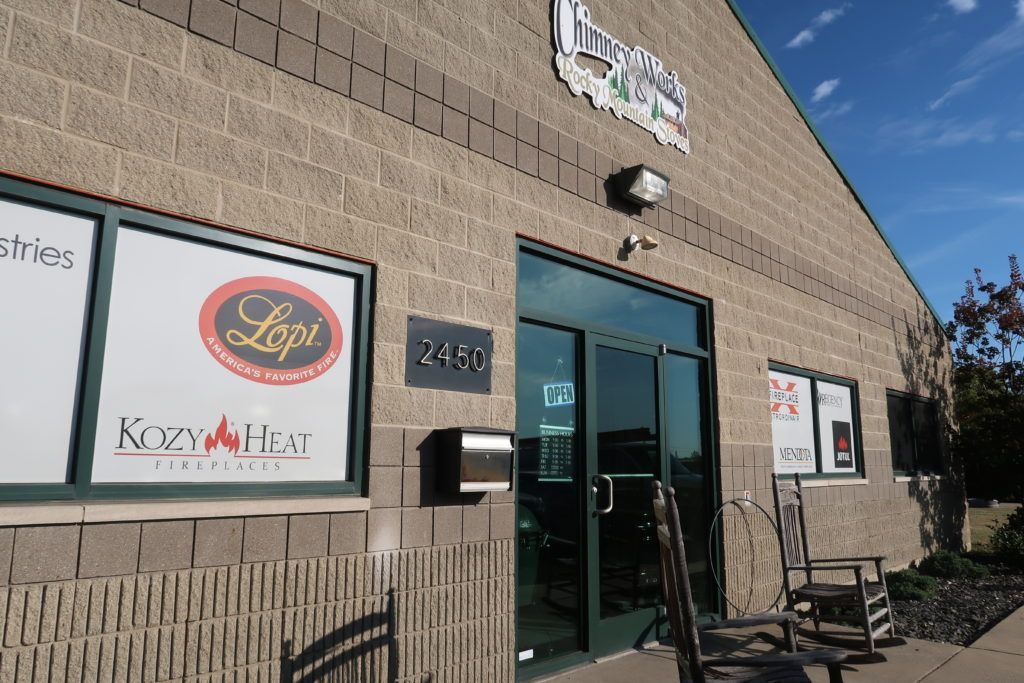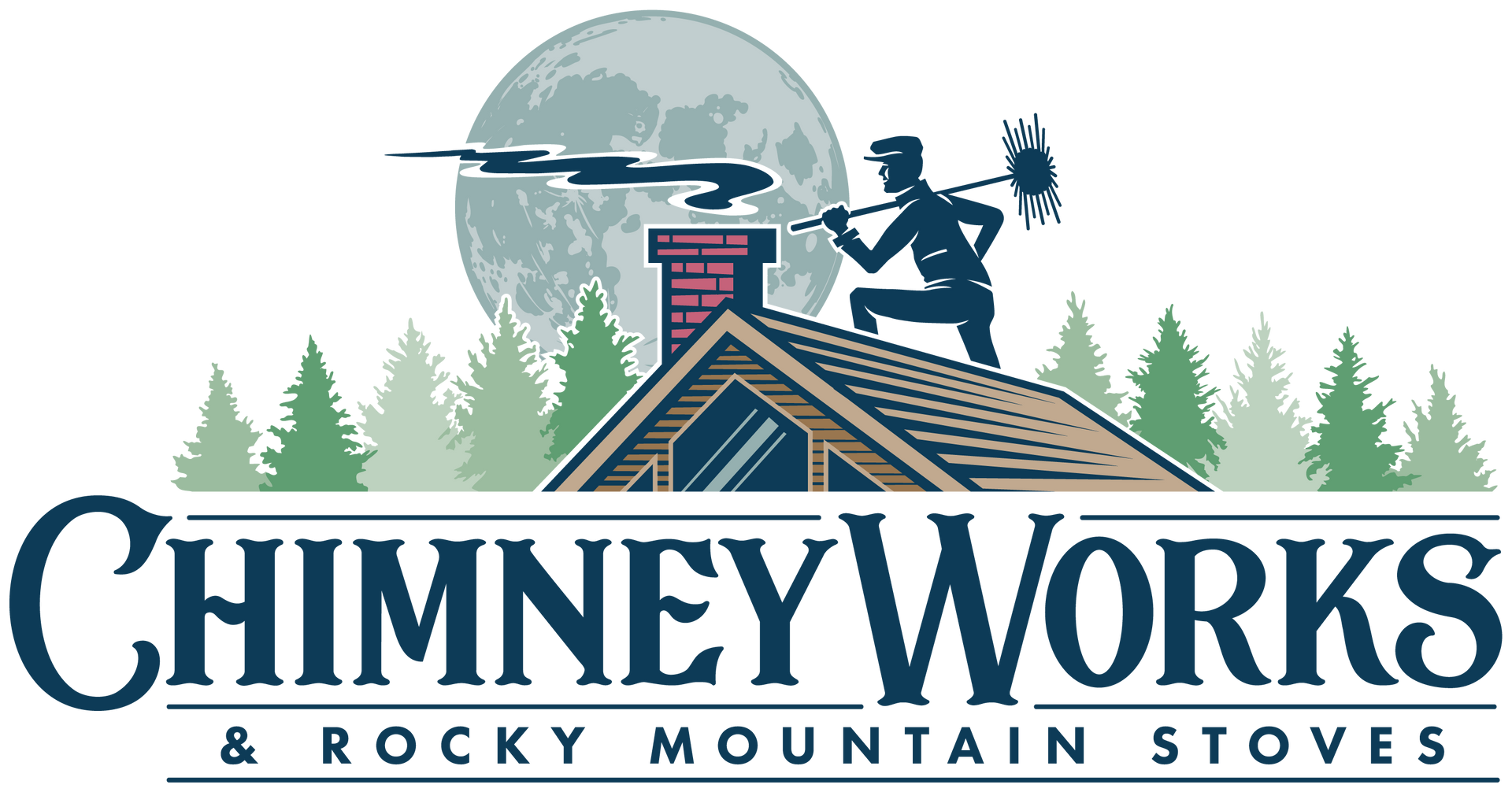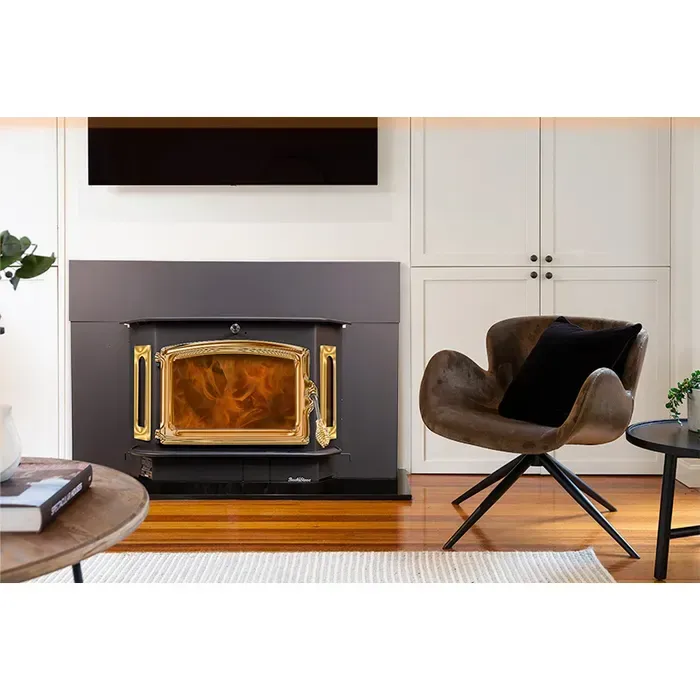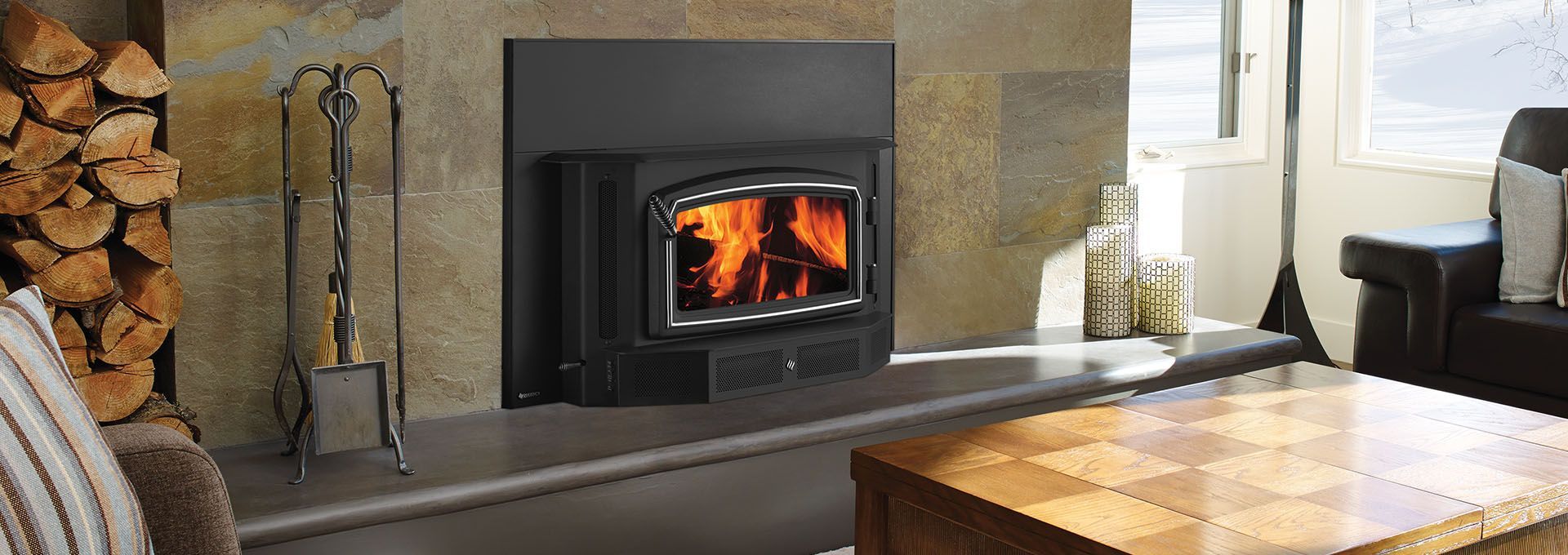Chimney Problem Solver

Welcome to Chimney Works’ Chimney Problem Solver™
This tool will help you find solutions to common chimney problems. Each problem is presented as a question we get from customers on a regular basis. An answer is provided, explaining why it happens and what can be done about it, along with references (links) to expert resources that will give you additional details. If we feel your problem is critical, we’ll display a warning like this:
| Warning |
Depending on the issue, we may recommend you stop using your fireplace or heating appliance right away and contact a professional.
PROBLEM
Why does my chimney sound like a freight train when it is in use?
SOLUTION
| WARNING | You may have experienced a chimney fire. Please discontinue the use of your heating appliance until a certified professional can inspect your chimney.
You may have experienced a chimney fire. Please discontinue the use of your heating appliance until a certified professional can inspect your chimney.
If your chimney sounds like a freight train, you could be hearing a chimney fire. When chimneys are full of creosote, a highly flammable byproduct of burning fuel, it can ignite, causing a roaring sound that many homeowners report as sounding like a ‘train’ going by.
Once an inspection is done, any identified repairs should be made. The most common outcome of a chimney fire is a cracked flue tile. If your tile has cracked due to thermal shock, it can either be repaired, replaced. You can read more about replacement options over at our Chimney Liners page.
To prevent chimney fires, ensure you are burning properly seasoned wood and have your chimney swept and inspected annually.
PROBLEM
My chimney makes my house stink. It seems worse in the summer. How can I stop this from happening?
SOLUTION
| WARNING | You may have excess creosote build-up. Better call a sweep. We have seen instances where there is minimal creosote buildup but it still stinks.
The smell is from creosote in the chimney, a natural byproduct of the combustion process. High humidity and a situation called negative pressure can worsen this. A chimney sweep should be called out for cleaning and inspection.
PROBLEM
Why does the basement fireplace smoke when I build a fire in the upstairs fireplace?
SOLUTION
This and other issues are caused by negative pressure. What happens is that your house is ‘breathing in’ through your downstairs chimney and it is sucking in smoke with it. You can take a look at a video Jeremy did explaining chimney drafting issues caused by negative pressure. On solution is to balance out the pressure in your home, perhaps by cracking a window temporarily as Jeremy demonstrates in the video. It is best to call a sweep out for this if it is a persistent problem as it could indicate a chimney function issue and there is a danger if carbon monoxide poisoning under the right circumstances.
PROBLEM
I have birds in my chimney. What should I do?
SOLUTION
Most likely what you have is Chimney Swifts. These birds are federally protected by the Migratory Bird Act and cannot be removed until they are able to fledge out, (fly out on their own), about 4-6 weeks from when you first heard them. After they are gone we can then clean the chimney flue and we do recommend that you have a chimney cap installed so you don’t run into this same problem next year. It seems like once they find your chimney flue they come back and bring other animals every year.
PROBLEM
I think my damper is broken. Can I fix it myself?
SOLUTION
First, our experience has shown us that 90% of the time the damper is just off track or out of adjustment. When we sweep and evaluate your chimney, cleaning and adjusting the damper assembly is part of the process. So its probably better just to have a cleaning done rather than make a specific repair call for your damper.
However, there are dampers that cannot be repaired. On those dampers, we do have a replacement called a lock top damper. These dampers mount at the top of your chimney and have a stainless steel cable running down through your system to a bracket that we mount in your firebox so you can activate your damper.
If we find that your damper can not be repaired and must be replaced then the charge would be based on the size fireplace flue.
PROBLEM
Why is it always so cold by my fireplace? Is there anything I can do about it?
SOLUTION
You might think that since your chimney is connected to the outside of your home that a drafty fireplace is totally normal. Anyone who can promise they will stop any cold air from entering your home is definitely overpromising, but we have seen many cases where a chimney is way more drafty than it should be. Your fireplace, if constructed properly, should be really good at helping smoke and exhaust move up your chimney and it should have some features that stop rain and cold air from coming down it. The short direct answer is if you have a damper and your chimney has a smoke shelf, you should really be looking at negative pressure as a cause of your drafts. Take a look at our article we have written on our blog about stopping cold downdrafts.
PROBLEM
The blower on my insert is making a very annoying rattling noise. Do I need a new blower?
SOLUTION
Its possible you have an issue with your blower, but it’s more likely it just needs a thorough cleaning. These blowers often mount on the insert just above the floor, which means they are always near dirt and or wood debris. Also, if you are an animal lover, chances are you have pet hair in your blower. There can be a surprising amount of debris trapped in a blower motor, enough to make the blower unit off balance and rattle while in operation. Good news though, if you are comfortable you can fix this yourself. Here’s how. Wait until all of your ashes have cooled (>48H), unplug your blower and pull the blower unit out. Consult your owner’s manual on how to do this, but a blower motor on an insert is usually just held on with clips. On many Regency models, you just simply put a little pressure and pull it out. Without disturbing any electrical wiring, use a strong vacuum to get anything out that may be trapped in the rotating fan or the housing around it. You may need to ‘invent’ a cleaning tool to hook any pet hair or debris that will not come out with just a vacuum. When you re-seat your blower motor, ensure you put it back in the proper way, as if you misalign the clips it will probably rattle worse.
PROBLEM
What are the white streaks or white stains running down my chimney?
SOLUTION
Chances are you have noticed what is called efflorescence, which is a mineral left on a chimney when rainwater or moisture evaporates. This unsightly issue might seem like just a cosmetic issue, but the white staining is actually a symptom, not the cause. The presence efflorescence on a chimney could be an indication of an underlying issue: You may be getting excess water/moisture into your chimney structure. As far as fixing the problem by yourself, you can attempt to brush the minerals off, but they will likely come back unless the moisture condition is corrected. A certified chimney sweep will look for all the common points of water entry, correct any issues found and then seal your chimney with a breathable waterproofing product.
PROBLEM
What are the black stains on my chimney?
SOLUTION
There are a few likely reasons for dark staining on your chimney.
One is that an excess buildup of creosote in your chimney has caused a situation where deposits of creosote or soot have formed on the cap or top of your chimney structure and the rainwater is washing down.
Another is that those dark spots are actually algae growing on your chimney. We see this a lot when a chimney is near a tree that blocks the sunlight and keeps the chimney wet throughout the year.
The last, and unlikely cause, is that you have had a chimney fire that has scorched the top part of your chimney.
In any of these cases, you should call a chimney sweep to find out what is going on. A breathable sealant like ChimneySaver will help prevent the water that may be at the root cause of the more common causes of dark staining on a chimney.
PROBLEM
Why are the flames on my gas fireplace blue instead of orange?
SOLUTION
This generally happens for the first 30 minutes or so of a burn. The flames will turn orange after that.
PROBLEM
Help! I just started my gas fireplace for the first time and it smells funny. Is this normal and what should I do?
SOLUTION
If this is your very first fire with a gas fireplace or stove this is totally normal. What is happening is that paint on the gas logs and the dust and oils on the interior of your firebox are heating up and it produces a smell the first time only. This is called a burn-in period. Most manufacturers recommend a 4-6 hour burn-in period for just this reason. Once your burn-in period is over, you should not smell anything after that.




